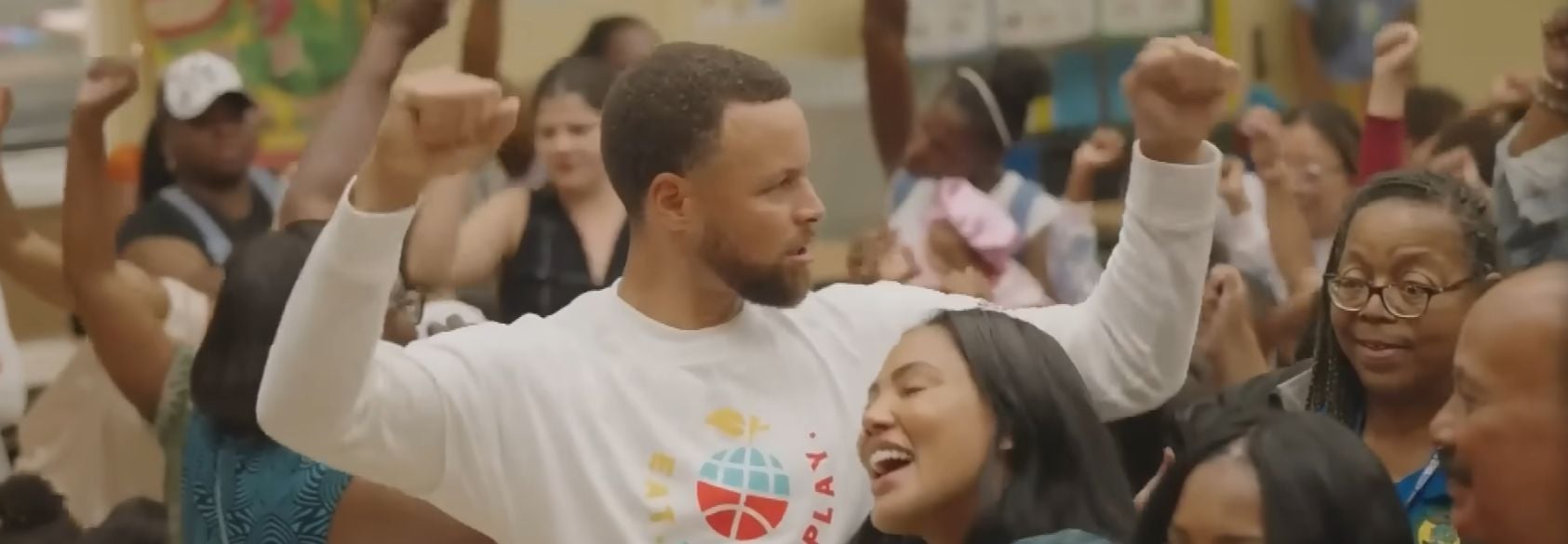There has been a paradigm shift in the last 15 years when it comes to how we view smoking cigarettes. Thanks to aggressive anti-smoking campaigns, government-required full-disclosure packaging, and cost-prohibitive state minimums, the number of smokers has decreased. Even more intriguing is the way smoking is viewed by my students. Last summer, I was the director of a summer school program, and the number one problem was not fighting, skipping classes or drinking, but smoking. This was the summer that e-cigarettes moved into the mainstream; it happened so quickly that our school policy did not clearly address the issue, although we did have a general “no tobacco products” rule.
One student, Alex, came to see me one morning around 10:30, just shy of the break time. He explained that he had to have a cigarette or he was going to leave. I’d been championing him all summer, so I already knew that missing even one more class would lead to his dismissal from summer school. I’d warned him before that he absolutely could not smoke on school grounds. He sat in my office, near tears. I could see that he was truly contemplating throwing away his entire summer school course load—which he’d need to graduate on time—for 20 deep breaths of nicotine. Strategically, I got him a soda and a granola bar from my stash, and I kept him talking to me for the 20-minute break. I then walked him back to class, hoping he’d stay. Thankfully, he did make it through the day, but I knew that he may have won a battle but not the war.
In our conversation, I asked him about smoking: Did his friends smoke (some)? Did his parents smoke (yes)? Do his parents know he smokes (yes)? How can he afford cigarettes in New York, where they are nearly $10 a pack (by using most of his paycheck)? He was genuinely embarrassed about his habit, explaining that people think he is “dirty” because of it. Though I felt bad for him, I was thrilled to hear that smoking seemed to have lost its mystique and was becoming known for what it is—a bad habit with devastating consequences. Unfortunately, when he arrived the following morning, he was excited to tell me he’d “invested” in e-cigarettes, so now he could manage his habit better.
Despite the evolving public attitudes toward smoking, we are still tasked with making sure students understand that just because there isn’t smoke doesn’t mean you can’t get burned. Use the upcoming Great American Smokeout, which is held every year on the third Thursday of November, as a starting point for this important conversation.
Share My Lesson has resources to help teachers get the message across that addiction is powerful. Wellcome Trust, a Share My Lesson partner, has contributed a great resource, “Big Picture: Addiction.” By putting cigarette and e-cigarette smoking in context, teenagers can better see how the physiological, psychological and neurological are interrelated. And since this resource is a complex text, allowing for “close reading” of an informational text, it’s aligned with the Common Core State Standards.
Another excellent way to address the topic of smoking is to use the English Language Arts Team’s “Persuasive Techniques and Persuasive Writing” resource. I particularly like this resource because it incorporates excellent writing strategies using smoking as the topic, thus creating the illusion that the lesson is about writing instead of drilling “don’t smoke” into their heads.
Because the battle for public opinion concerning smoking is advertisement- and media-centered, the lesson by Samanthanelson1970 is a great approach. “Counter Culture Tobacco Adverts” focuses on some very artistic, dramatic and effective ads that bring smoking out from behind its glamorous façade to reveal its darker consequences. The pictures are graphic, so I would not recommend this resource for teaching students younger than high school age, but perhaps they will counter the many sanitized images of smoking.
It seems that as soon as one societal problem is remedied, another will take its place. As teachers, we have the ability to shine a light on truth for our students every day. When it comes to the issue of smoking, we can help keep our students from getting burned by slick advertising.











